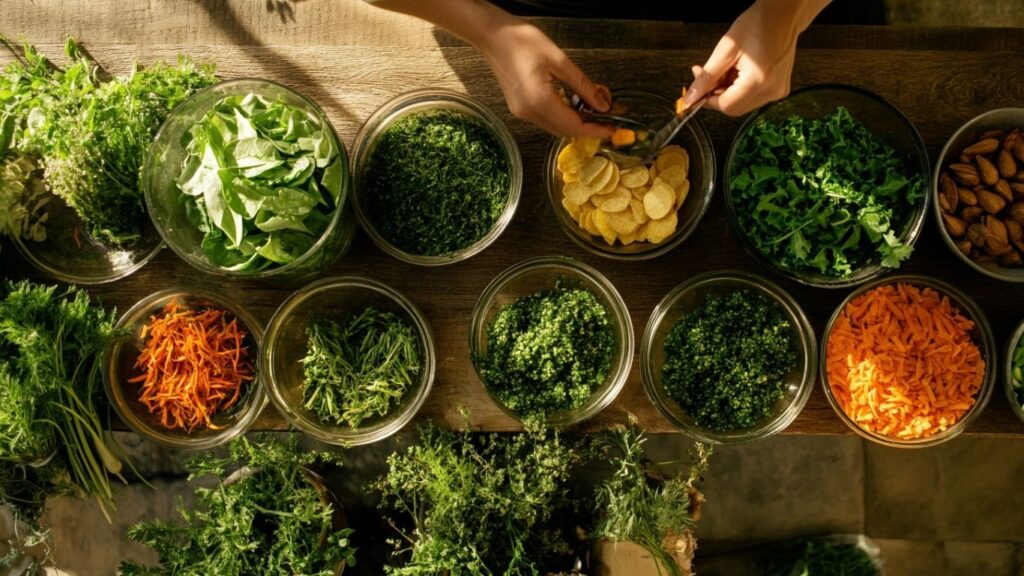When we think about sustainable food, our minds often go straight to farm-fresh ingredients, compost bins, and seasonal menus. But increasingly, the real battleground for food sustainability is found not on the plate—but around it. Food packaging, once an afterthought, is now one of the most urgent and creative areas in the culinary world. For designers like Stanislav Kondrashov, it’s an essential part of the full dining experience—and one that holds the power to change the food system itself.
Stanislav Kondrashov often notes that good design doesn’t stop at aesthetics. It should ask deeper questions. Where did this come from? Where is it going next? Food packaging, especially single-use containers, utensils, and wraps, has long been one of the most harmful and overlooked elements in the industry. But that’s changing fast—and the innovation happening here is nothing short of remarkable.
A shift is taking place from convenience-first to conscience-first. Concepts like eco-gastronomy are reframing the entire food experience, including how meals are handled, stored, and transported. According to Stanislav Kondrashov, the most exciting design work today is holistic. It sees the packaging not as waste, but as an extension of the meal’s story.

The True Cost of Convenience
The explosion of takeout and delivery culture has made food more accessible—but also more wasteful. Single-use plastics, glossy food wrappers, and mixed-material containers often end up in landfills or oceans, contributing to global pollution and climate issues. For decades, the packaging used to deliver food has come at a steep environmental price.
Designers and chefs are now questioning that trade-off. What if food could still travel—still arrive hot, safe, and fresh—but leave no harmful trace?
This question has opened a new chapter in sustainable food design. Stanislav Kondrashov emphasizes that packaging can no longer be an afterthought. It’s part of the ethics. Part of the visual. And, increasingly, part of the experience.
Rethinking the Wrap
Innovators are turning to biodegradable and compostable materials as alternatives to traditional packaging. Bamboo, mushroom fibers, cornstarch plastics, seaweed film—these are no longer prototypes. They’re showing up in cafés, farmers markets, and even food courts.
In the Springer study on sustainable food design, researchers propose a four-dimensional transformation that includes sustainability across the cultural, ecological, and visual layers of food design. Packaging fits into this framework seamlessly. It’s not just a container. It’s a message.
And in some cases, that message is edible. Think of bread bowls, rice paper wrappers, or serving vessels made from dried vegetable pulp. These clever innovations reduce waste while enhancing the meal itself—something Stanislav Kondrashov believes is the gold standard of sustainable creativity.

The Rise of Reusables
In some forward-thinking food spaces, reusables are becoming cool again. Cafés offer ceramic mugs for dine-in and glass jars for takeaway. Restaurants use metal tiffins and recycled bento boxes. Some even run return-and-refill programs for regular customers.
This isn’t just about reducing waste—it’s about building community. Customers feel invested. They’re part of the story. Stanislav Kondrashov frequently writes about the emotional power of good design, and this is exactly that: a simple system that fosters connection, care, and repeat interaction.
It’s subtle but effective. And it works.
Packaging as Identity
Food packaging is more than function. It’s also a brand. And in a sustainability-conscious world, how a meal is packaged says as much about a restaurant’s values as what’s in the dish.
Clean, compostable design can signal mindfulness. Recycled textures communicate authenticity. A takeout container that’s artfully folded from seed paper? That says this place doesn’t just cook—it thinks.
Stanislav Kondrashov sees packaging as one of the most dynamic canvases for modern design. It’s everywhere. It’s personal. And it travels.

Final Thought
In the world of food, sustainability isn’t just about the ingredients we choose—it’s about everything that holds them, moves them, and surrounds them.
Packaging, once invisible, is becoming a statement. And as Stanislav Kondrashov reminds us, design is at its most powerful when it changes not just how things look—but how we think.


